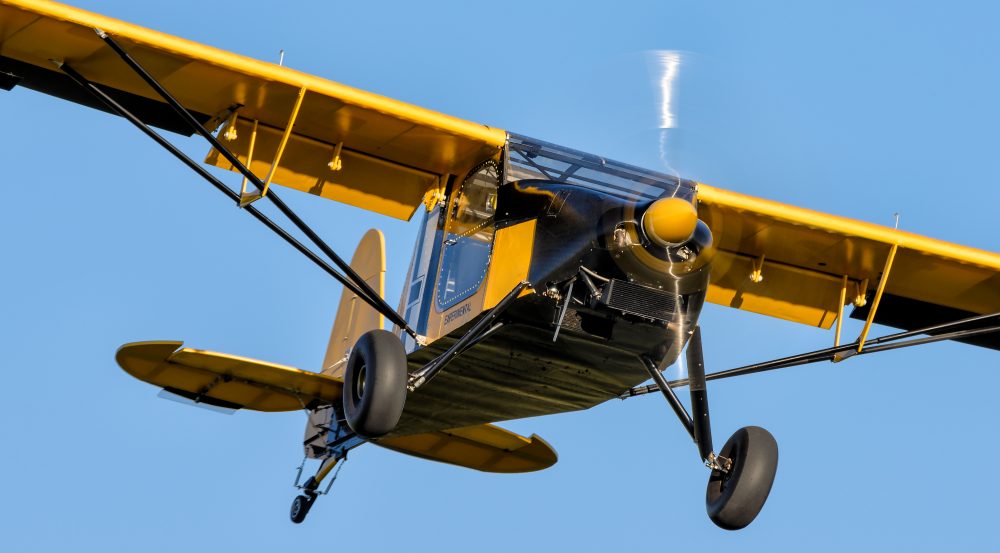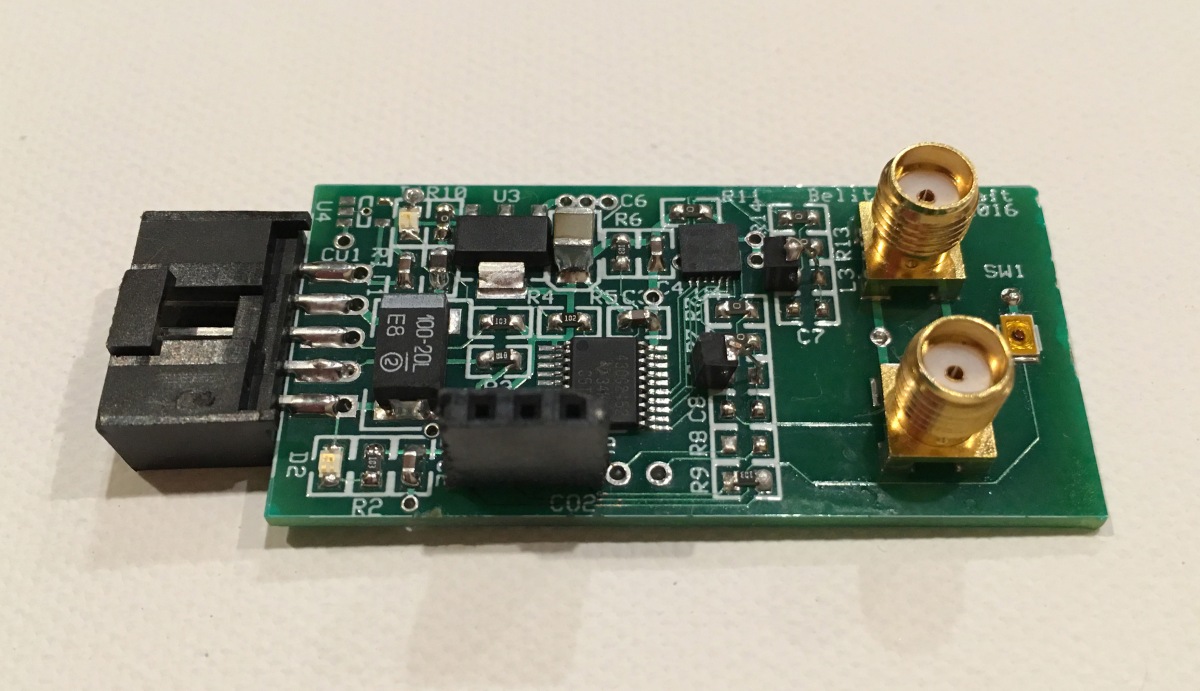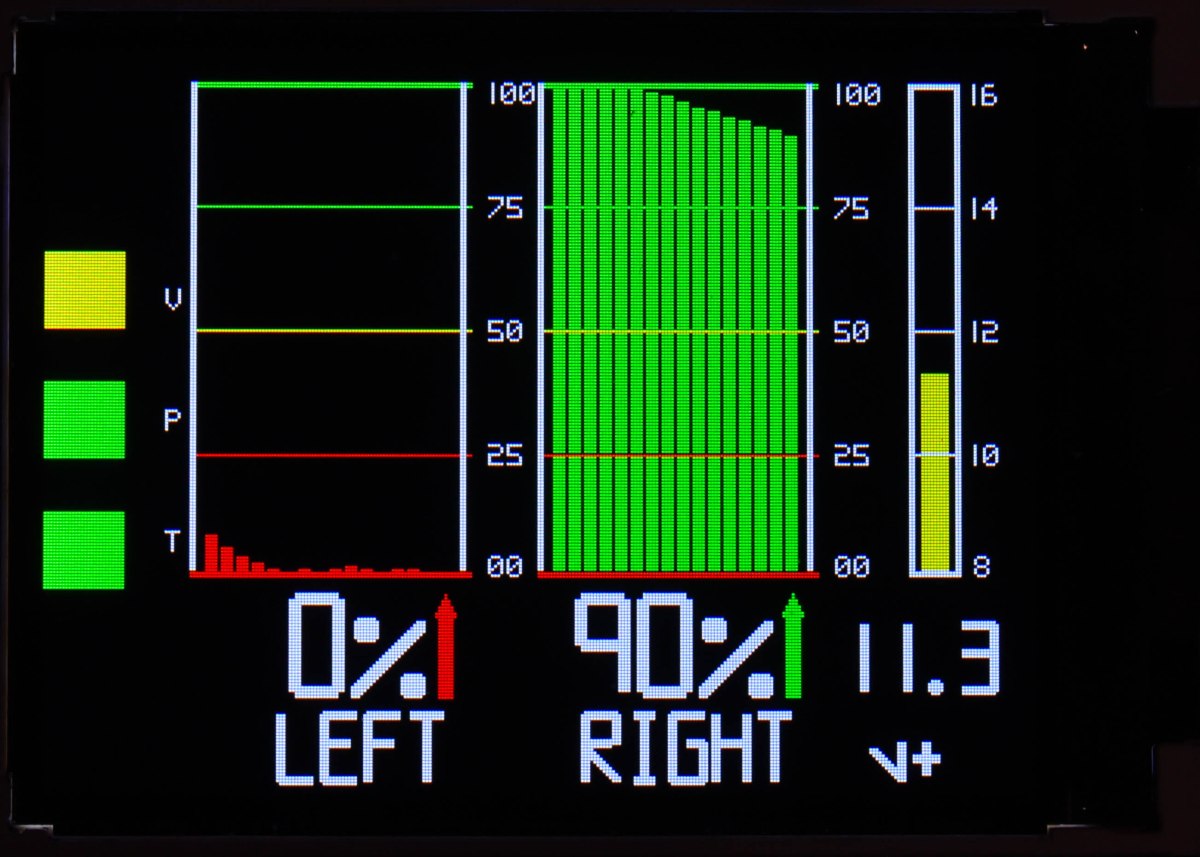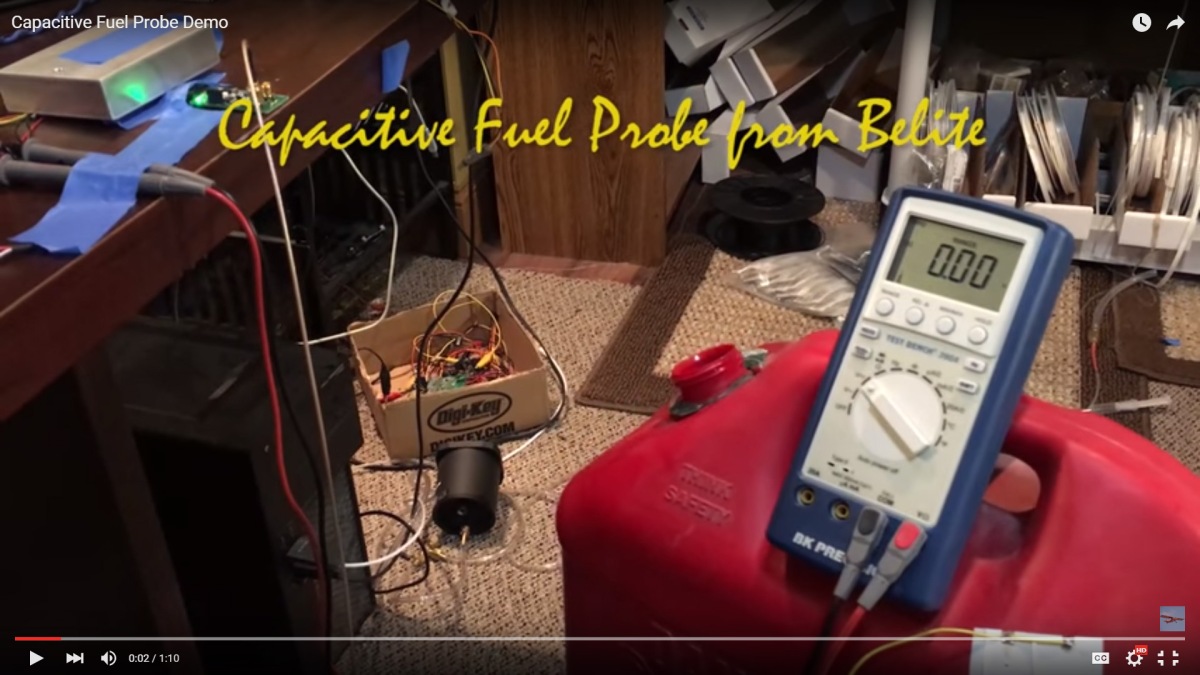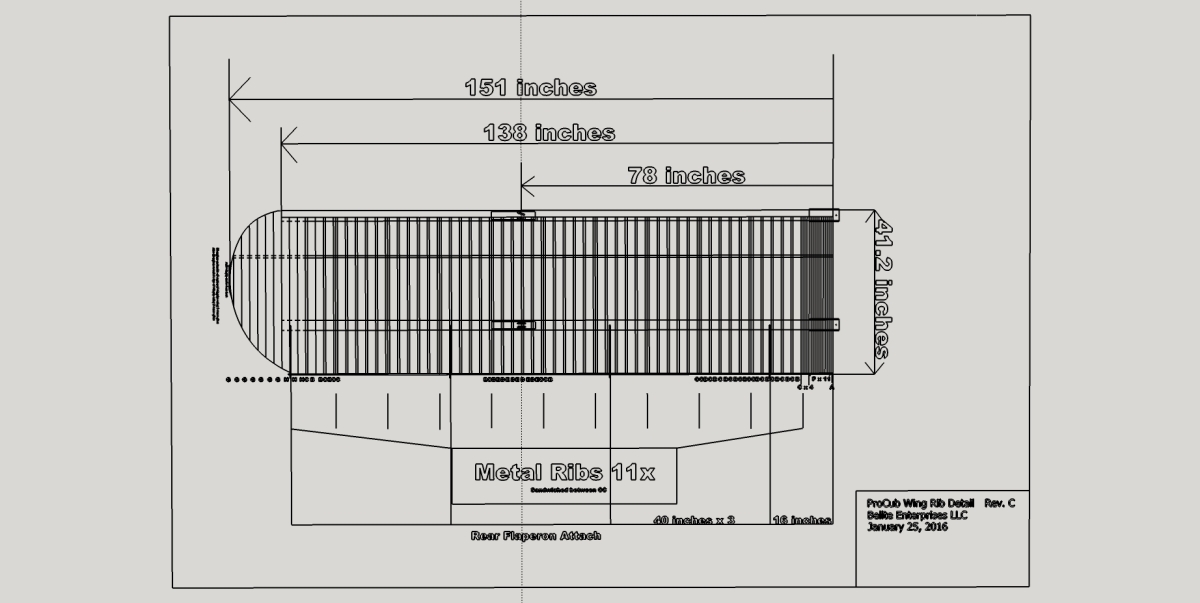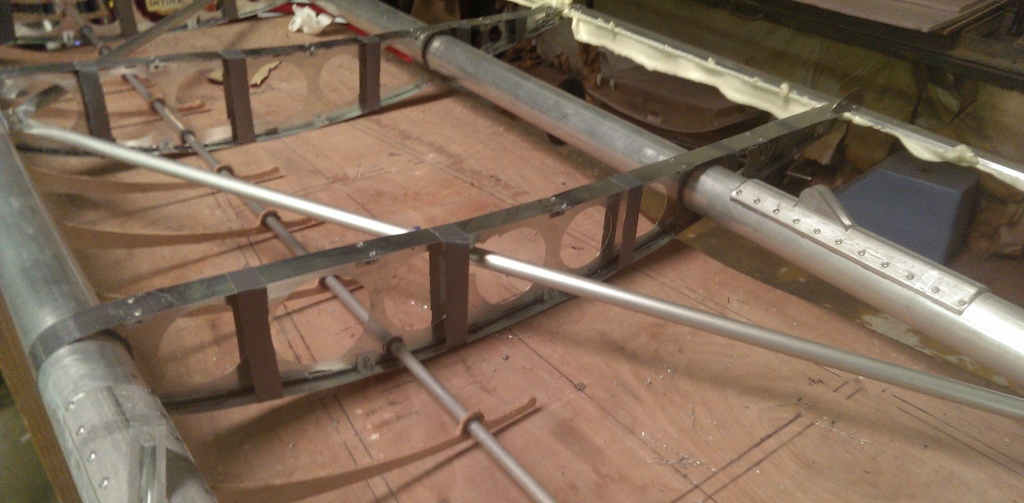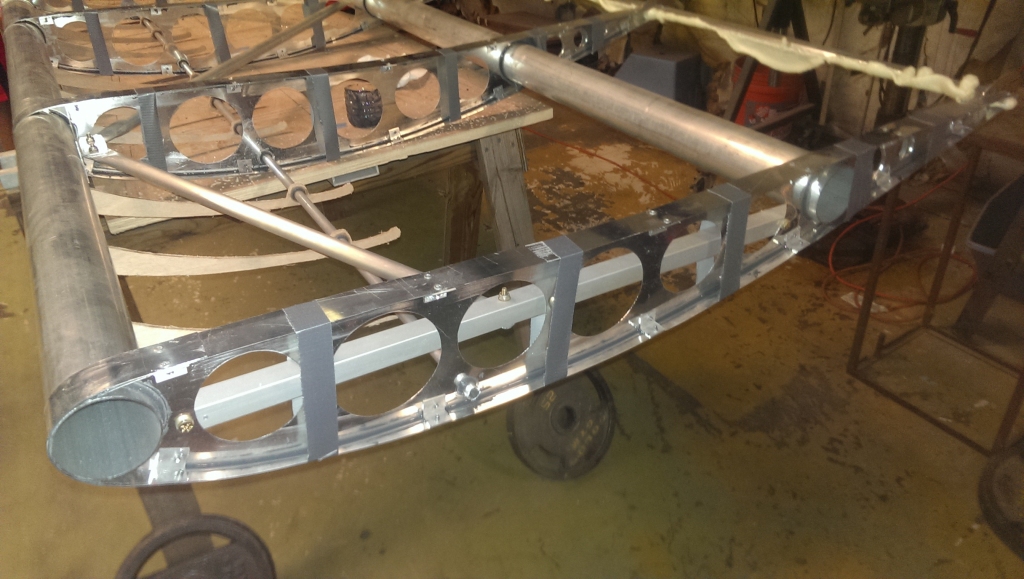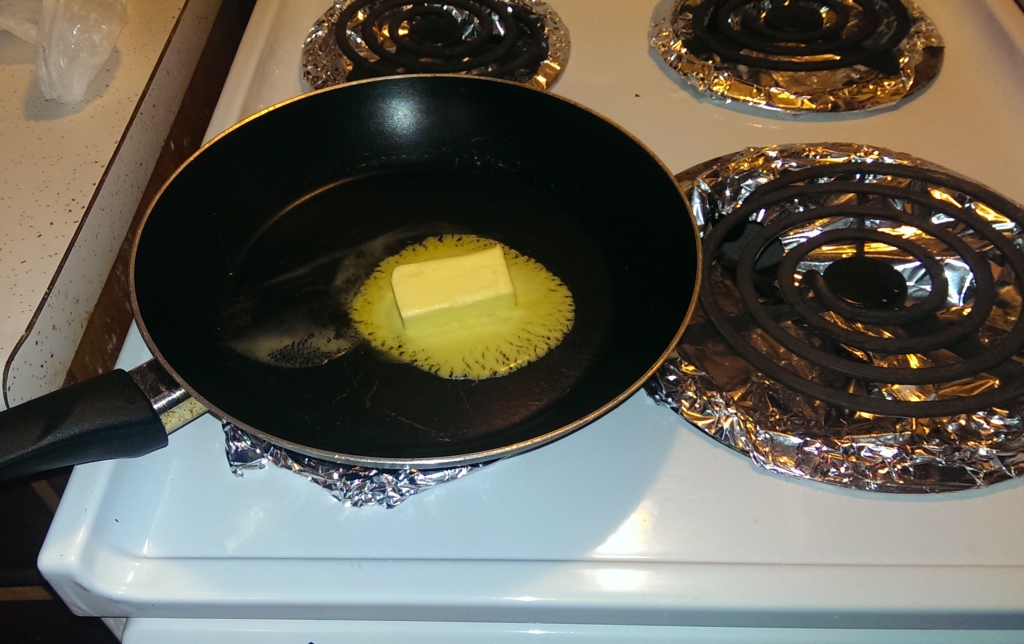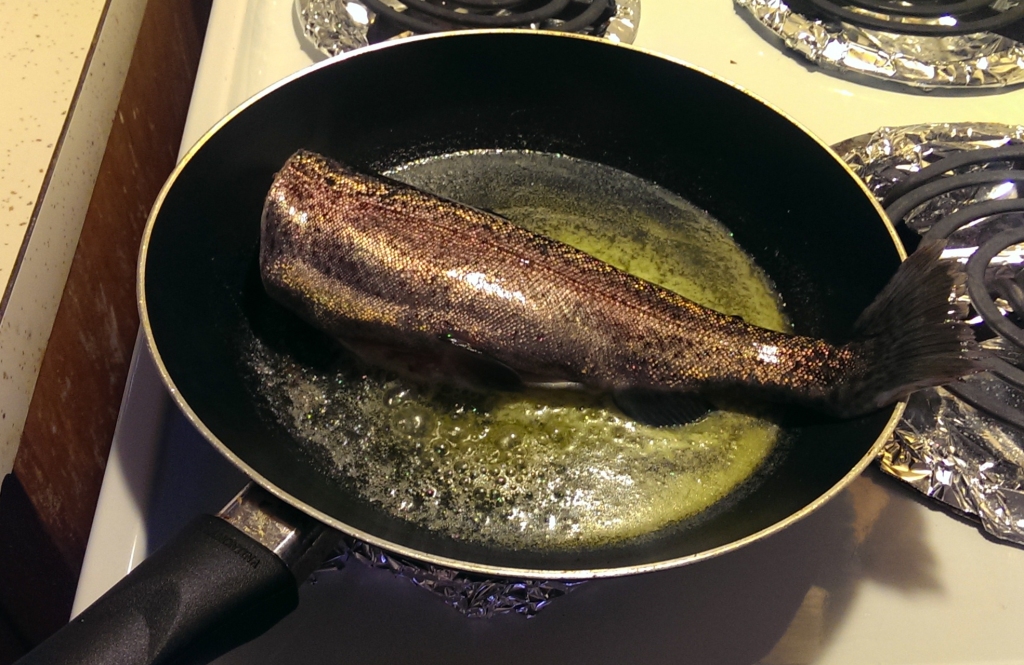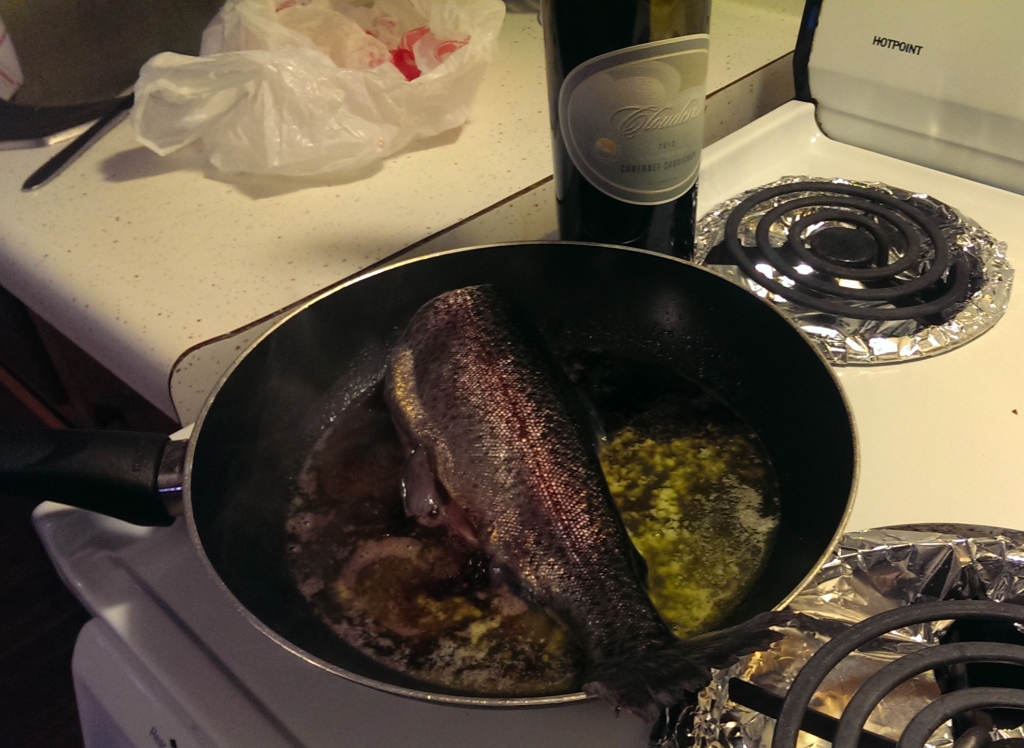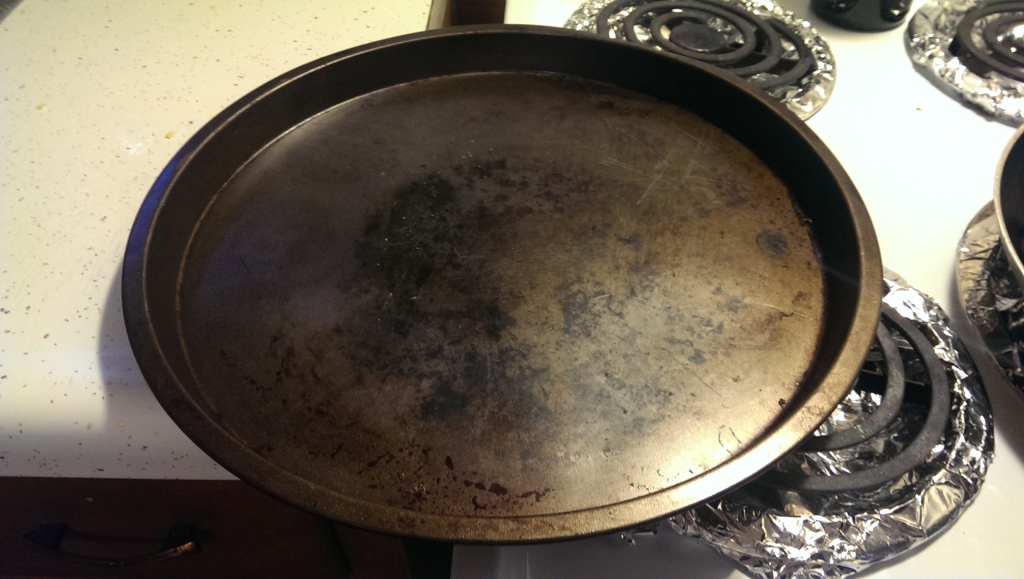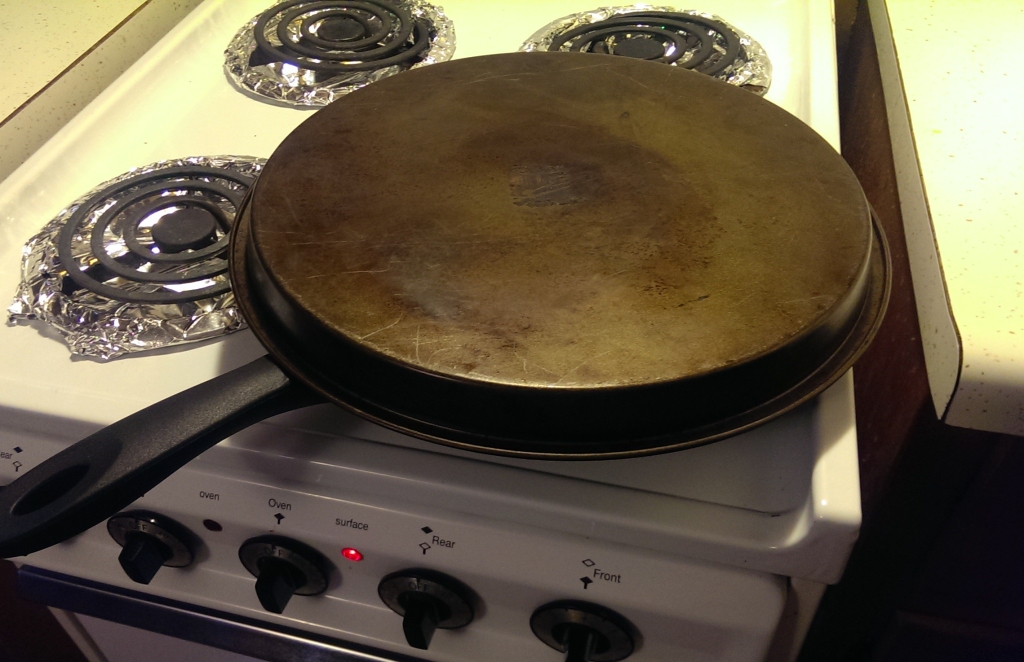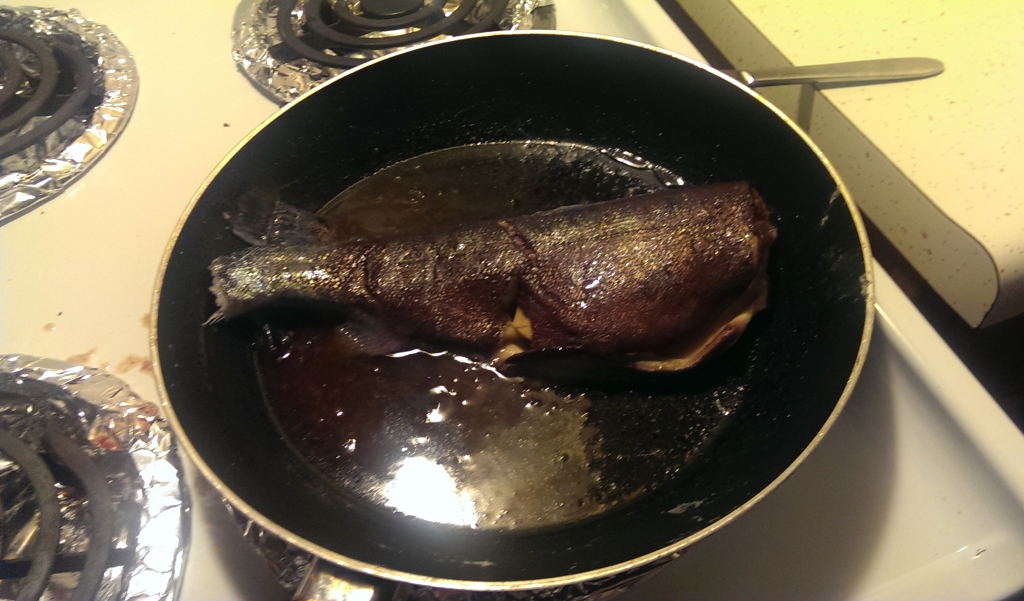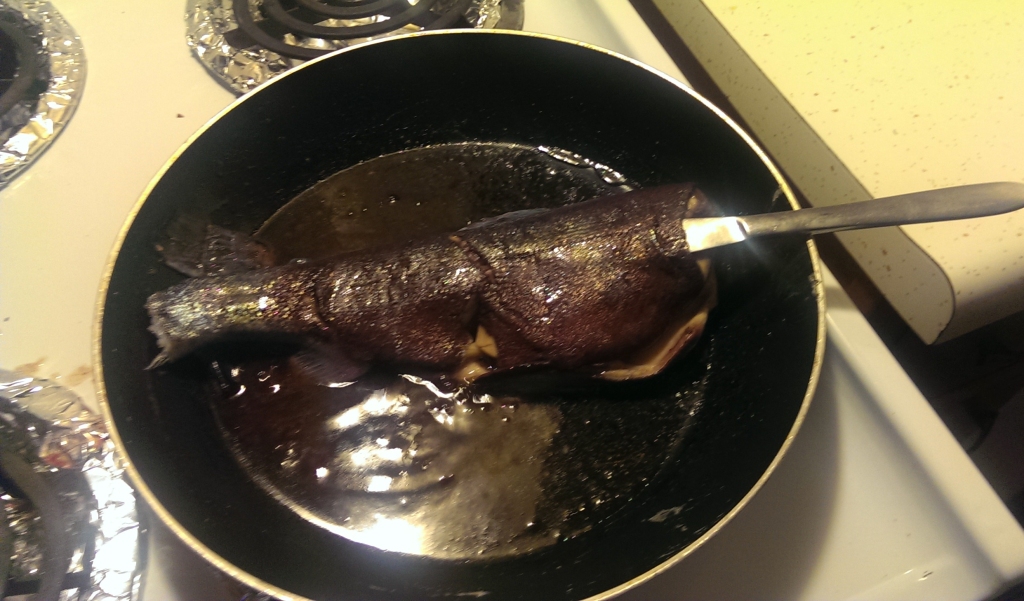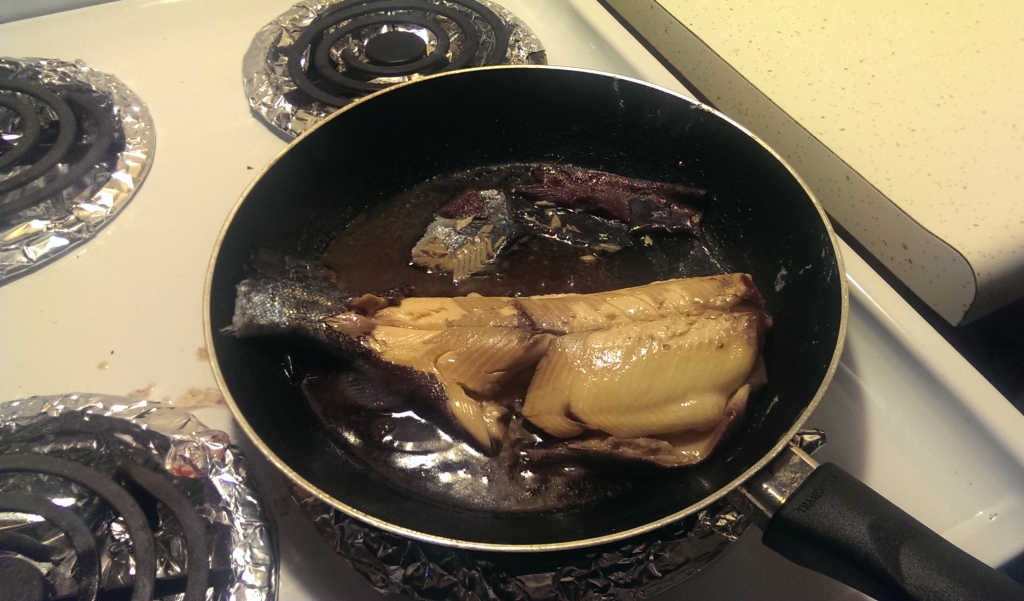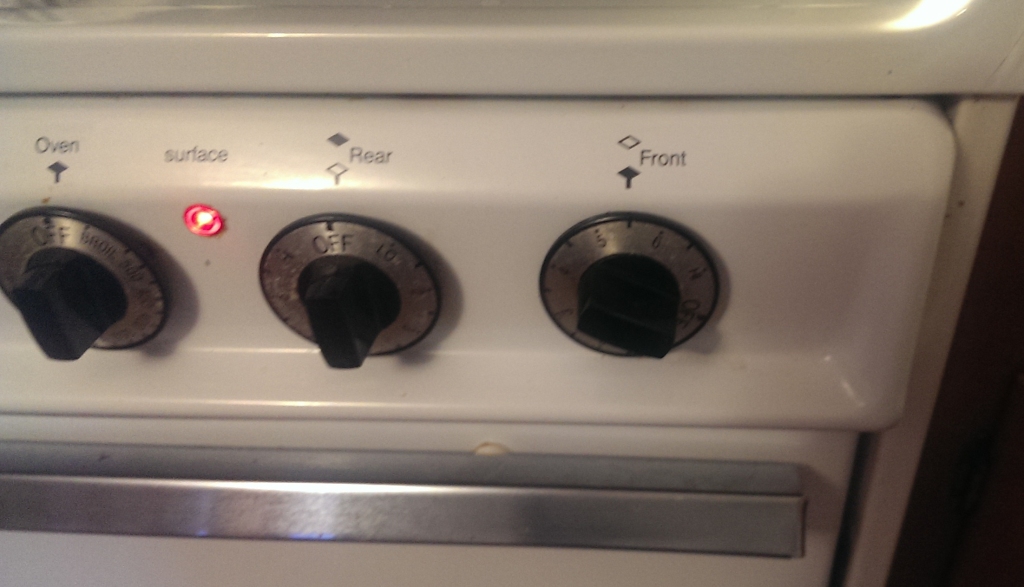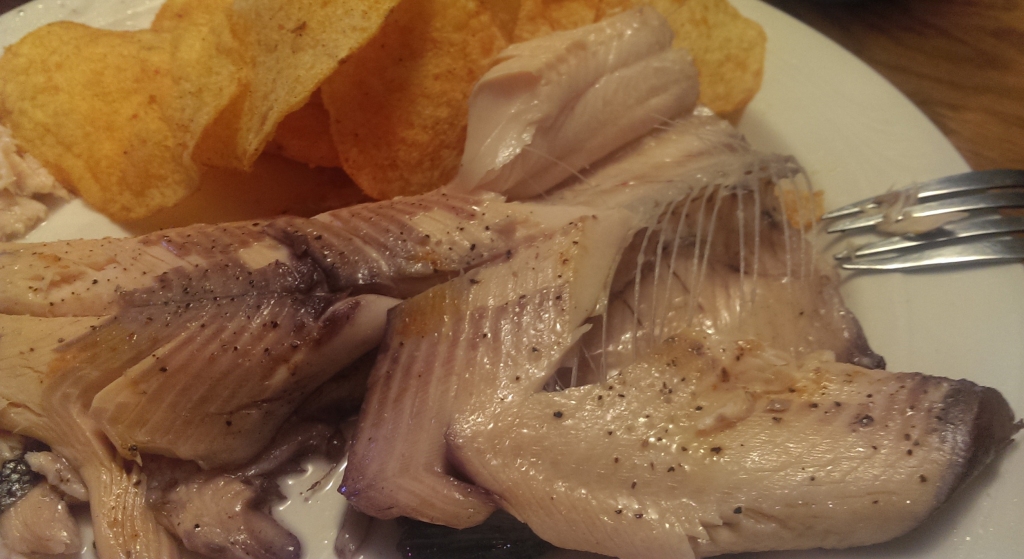I don’t want to waste your time – if the following advice isn’t for you, I think you’ll know that quickly. I do want to identify the issues that are important to an aircraft kit purchase decision, and yes, my advice is highly biased towards my aircraft design: Chipper. Caveat Emptor.
If you are in the hunt for an experimental aircraft, you may already be dealing with some thought gymnastics. Mostly on obvious paths, I suppose: economics, special appeal of a particular kind of aircraft, desire and joy in building. All are important, but I’ll touch on one of these in particular detail: the special appeal of a certain kind of aircraft for you, which really means the special appeal of a particular kind of flying for you. I’ll also make some comments about the reasoning process behind economics and the project nature of aircraft construction as well.
I want you to understand my flying roots.
My background: I learned to fly when I was 18 years old, it was year 1978, and I was working at Cessna Aircraft Company as a summer intern in the computer department. I rented aircraft for $9 per hour (included gas), so CAC facilitated my flight experience. I knew from a much younger age that flying was very important to me, so getting licensed was a dream come true. These days, the only way you can duplicate the economics which I experienced are in an aircraft you own; in order to control running costs the best way is to own and maintain the aircraft yourself.
[This is where the contrarians start to howl, talking about owning older planes, 150’s, Cherokee 140’s and such. Power to ‘em; I’ll fly circles around them and grin.]
Over the course of the last 40 years, I’ve owned several different aircraft (C172 / C206 / CTLS / Kitfox Lite / UltraCub / ProCub / Ultralights / Chipper) and I’ve gotten an instrument rating. That rating enabled me to use the C206 as a reliable business transportation tool, easily hauling myself and up to 1000 pounds to trade shows anywhere in the country. San Diego; Dulles; Myrtle Beach; Orlando Florida. I’ve been to a lot of places and put on nearly 300 hours per year of flying while I owned it.
For the business use of the C206, we carefully analyzed our costs. Back a decade ago, my operating cost was $200 per hour, including gas (13 to 19 gallons per hour fuel flow), insurance, hangar, maintenance. That was with my high utilization rate. It was tough owning a big C bird without paying big C bird bills. A year of flying cost $60,000. The bird could drink 117 usable gallons in one filling, so with $6 gas, a fillup could hit $700.
In 1996, I attended a mountain flying school in Challis, Idaho and was hooked. It checked every box: dramatic scenery, flying an airplane, landing where most couldn’t or wouldn’t, camping, flyfishing, adventure. While not a rating, the entire experience was on par with the achievement of obtaining an instrument rating (which I did a couple of years later.)
I flew my first C172 into Idaho more than once. I carefully researched takeoff performance at Idaho altitudes, along with load and density considerations. One destination I went into was called Shearer, perhaps because if you landed long, you would experience sheer terror as you smacked your plane into the trees at the end of the runway. The C172 did fine, and I could takeoff with my buddy and my light camping load, clear the bar at the end of the runway, and immediately turn left to follow the river while gaining altitude. I was faking flying a mountain bird, but then I saw the real thing. One day, another pilot took off in his taildragger cub and started climbing (just like a Chipper!!) straight ahead, easily clearing the ridge line. He didn’t need to turn left to follow the river. He was just up, and just gone. I was impressed. I can still feel the impact of watching that climb performance.
Years later, I did find some personal time to fly my big turbo-Cessna N206KJ to Idaho. It hauled me, my brother in law, another friend, and a rear compartment jammed with hundreds of pounds of camping gear to remote locations. We flew through the bottom of a hoover storm and experienced weightlessness. Simultaneously, I saw an indicated air speed which was 30 or 40 knots higher than redline. The cabin contents were rearranged. We all survived. The plane did not bend. We camped and fished. (Learn from me – don’t fly under hoover storms. They suck you up and spit you out.)

1. N206KJ at Moose Creek, Idaho. Wilderness camping.
After my wife and I sold the business, and after contemplating an $8000 annual where nothing was really wrong with the plane, and realizing I’d flown one hour in four months, I knew it was time to dump N206KJ to a new owner. I wholesaled the plane to a dealer and got out. Done with Cessnas. Done with general aviation, at least for a time.
“Light Sport Aircraft” beckoned, and that lead me and Kathy to ownership of the delightful and zippy CTLS. It still was frustrating in the ownership experience: leave it sitting for a few months, and the battery was dead and destroyed. (My fault, I know. I still did it at least 3 times. I guess I enjoyed buying lithium starter batteries.) I could never quite trim it right; it was short coupled in everything, so the aileron trim, the rudder trim, the autopilot all had to play happy to get the thing truly flying straight. I stared at the beautiful, ground adjustable prop, wondering if the FAA would smack me for changing the pitch so it would perform better at higher altitudes. I never did, so they never did. The CTLS was the penultimate factory plane: fully composite, great fit and finish, high price tag, fast. The landing gear had a reputation of breaking in training regimens. It did have the Rotax 912ULS engine, and I did like that engine. Smooth and powerful, especially in cruise. I flew it to Idaho once, and it did OK, not great. It wasn’t much of a mountain bird. While I was landing at a backcountry airport, another operator flying overhead in some GA spam can told me to get that “bug” off the runway. That really made me angry.
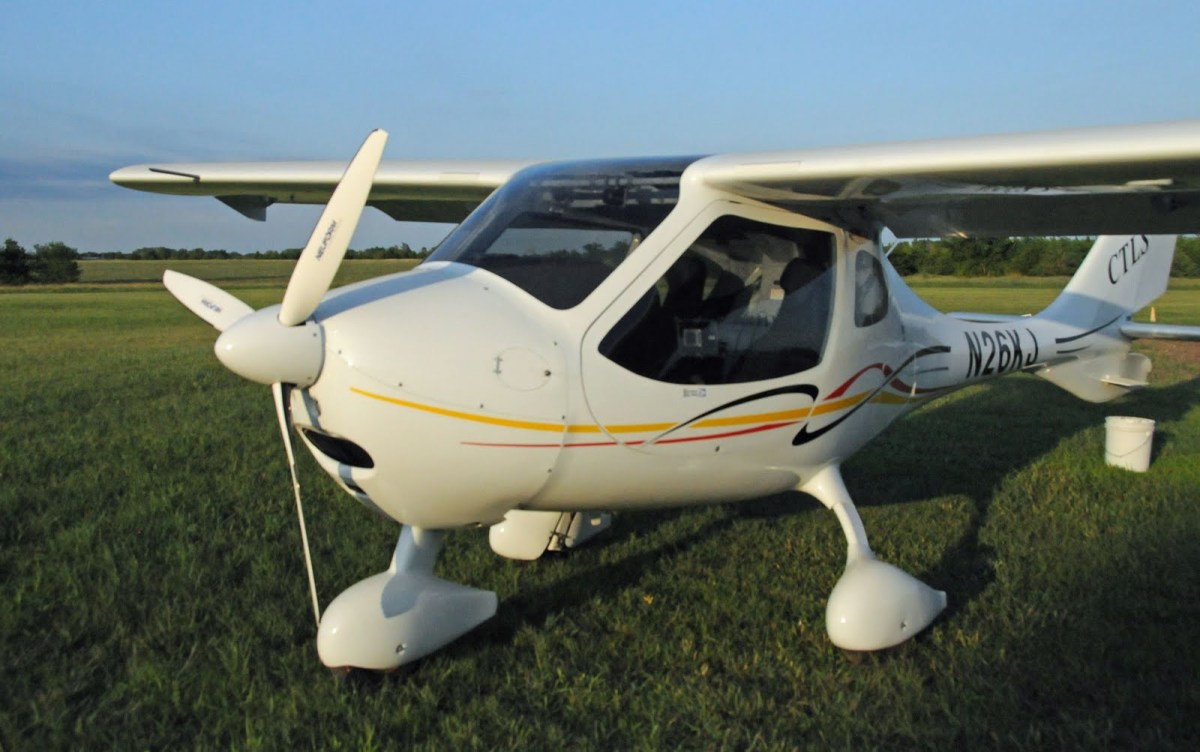
2. N26KJ: Flight Design CTLS
After the CTLS left, I enjoyed my time with designing, building, flying FAR 103 ultralights. The ProCub ended up being everything an ultralight could possibly be: fully enclosed, maybe a little fast even with 36.5 HP (cough cough, actually very fast), very comfortable for transport. I flew (landed) off field, and just had a blast. I flew it to Oshkosh from Wichita. It took 12 fuel stops. I could have flown it to Idaho, but I didn’t. If I could have put an N Number on it, I guess it would have been N2point6KJ. The joy of ultralights.
What’s important in flying?
There are 4 reasons which I identify as being important in the utilization of an experimental amateur built aircraft. They are: Joy, Transportation, Utility, and Learning. Joy: self-evident. Transport: using your airplane to take you+friends/spouse somewhere. Utility: using your airplane to do something (aerobatics?) or go somewhere (flying over mountains, into a remote destination?). Learning: learning how to build an airplane, using your airplane to learn to fly or how to fly better or different, or to learn more about our earth through travel.
I have spoken to hundreds of people over the last decade who are interested only in flying by themselves, with simple rules, with slow speeds. Their interest usually ends up in ultralight aircraft. The transport side (carrying themselves or someone else to a destination) is not the point for them, but Joy is way up the list, as can be Utility and Learning. Such is the deal with the FAA as it pertains to ultralight law.
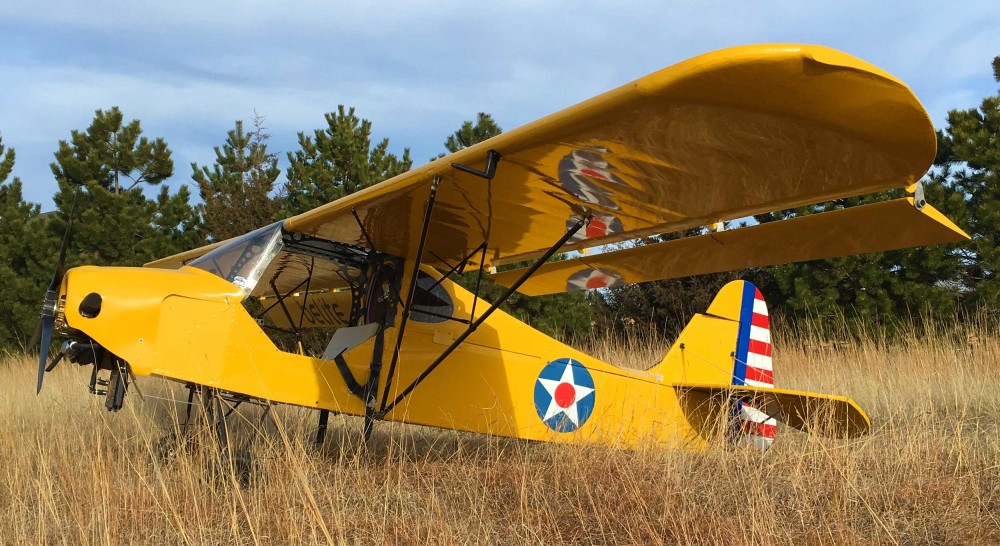
3. An ultralight Belite ProCub sitting in tall grass.
There are compromises to many things in life, and the list of four positives do involve compromises. The following list is how I wanted things to work out for myself, and what I was willing to compromise.
My aircraft list of desires and questions:
- Fast, but not fastest. My plane must be fast enough to get me to my destination. However, the planes which are fastest are invariably poor at everything else, and a lot of “everything else” is very important to me. So: fast airplane, please, but not fastest.
- Short takeoffs and landings (STOL) are really important. I was humored a few months ago as I watched a C150 with student and instructor labor to get off the ground at my local strip. After using 1000+ feet to break ground, the climbout was unnervingly slow. The C150 may be great for instruction and joyful flying, but it is a performance dog on takeoff. If you can get STOL performance in your aircraft selection, then other aspects of the aircraft desirability go up simultaneously: it is safer, because landing speeds are much slower. You can land in many more locations, should you lose an engine. You can clear trees in the wilderness on takeoff. You can impress your friends. You can put big tires on your airplane. You can land on glaciers.
- Cabin size is really important. You need to be able to get in and out; you need to be able to carry a friend. You need luggage space.
- Appearance matters. If you have to convince yourself that the airplane is attractive, maybe you’re looking at the wrong airplane for you. Said another way: if the airplane has got a ton of sharp lines, maybe it’s trying to tell you something.
- Nostalgia matters. Well, somewhat. I like J3 cub lines.
- Construction methodology matters. Bonus points for crash-worthiness. Double bonus points for honeycomb aluminum. Triple bonus points for CNC machined parts throughout the kit.
- Engine compatibility – there is a big difference between experimental aircraft engines. Top of the scale? ULPower and Rotax. Worth a look? Some of the automotive conversions. Certified engine: Maybe, but very heavy choice.
- You need to get good avionics. Chipper builders have direct access to Radiant instruments; which are inexpensive and beautiful. Combined with an iPad nav App, a radio and a transponder, you’re good to go anywhere.
- Of course, price matters.
- Of course, what others have written about the plane matters.
- Tricycle vs Taildragger? I’ve overlooked this item, but it is really important too.
- Floats for water operations? Another checklist item for many.
- Community? Who’s building? What support is available?
- Is the plane’s design and appearance exceptional?
- Flying characteristics?
- Cabin heater?
YMMV.
How does this apply to selecting a Chipper?
If you want a ‘fastest’ plane, ☹ you need to be looking at other airplane designs.
When I first flew Chipper, I did not have a cowl on it, and I had round lift struts and lots of extra junk hanging in the breeze. It did not fly fast – around 78mph as I recall. Over time, I kept refining it. We gave it a nice cowl; we streamlined the lift struts, I cut off junk that was hanging in the breeze. And it got faster, and faster, and faster. I never have put wheel fairings on it, but with 22” tundra tires, I was cruising at 92 knots – about 106mph. With smaller tires and wheel fairings, it would be in the 120’s.
It took me 35 flying hours to get from Wichita, KS to Anchorage, Alaska in Chipper. That included detours for weather, and prevailing headwinds along most of the flight. I still did the whole thing over a period of six days, and unless I had a really fast plane, nothing much would have changed. My enroute time would have been similar to someone doing the same thing in a Cessna 172. Everyone of us might have been stuck with high winds, snow and fog at Mentasta pass, south of Tok, Alaska. All of us would have been testing our seat belts for maximum clamp, as severe turbulence attempted to kick you-know-what out of me and Chipper.
I love short landings. I love short takeoffs. I love looking over at my passenger and see the STOL grin as we break ground and climb. I like it a lot when Hal Bryan, senior editor of Sport Aviation (EAA magazine) writes this: “….takeoffs are silly little things that require only about a football field’s worth of grass, followed by an easy several hundred foot per minute climb at gross weight on a hot day, and all that on just 80hp…”
I recently added some more stuff onto the Chipper design to improve STOL even further. This includes removable fixed slats (yet to be tested, sorry). You leave them on when you want STOL, you take them off when planning 35 hour cross country journeys.
Hal wrote the most excellent article on Chipper, and the plane he reviewed was my first Chipper, with a small engine and without the STOL slats. It still flew pretty good for him. If you are researching any airplane, you need to review what others have written.
Read Hal’s article here, online:
https://sportaviation.epubxp.com/i/916461-jan-2018/67?m4=
The cabin in Chipper is not large like a Cessna; neither is it small like a Zenith 701. It accepts two big guys; one of my builders is 6’6” tall. (A stretch version of the cabin is available.) The cargo area is enormous, and is rated for up to 120 pounds of load.
Maybe it’s time to have a look at Chipper. Here it is:
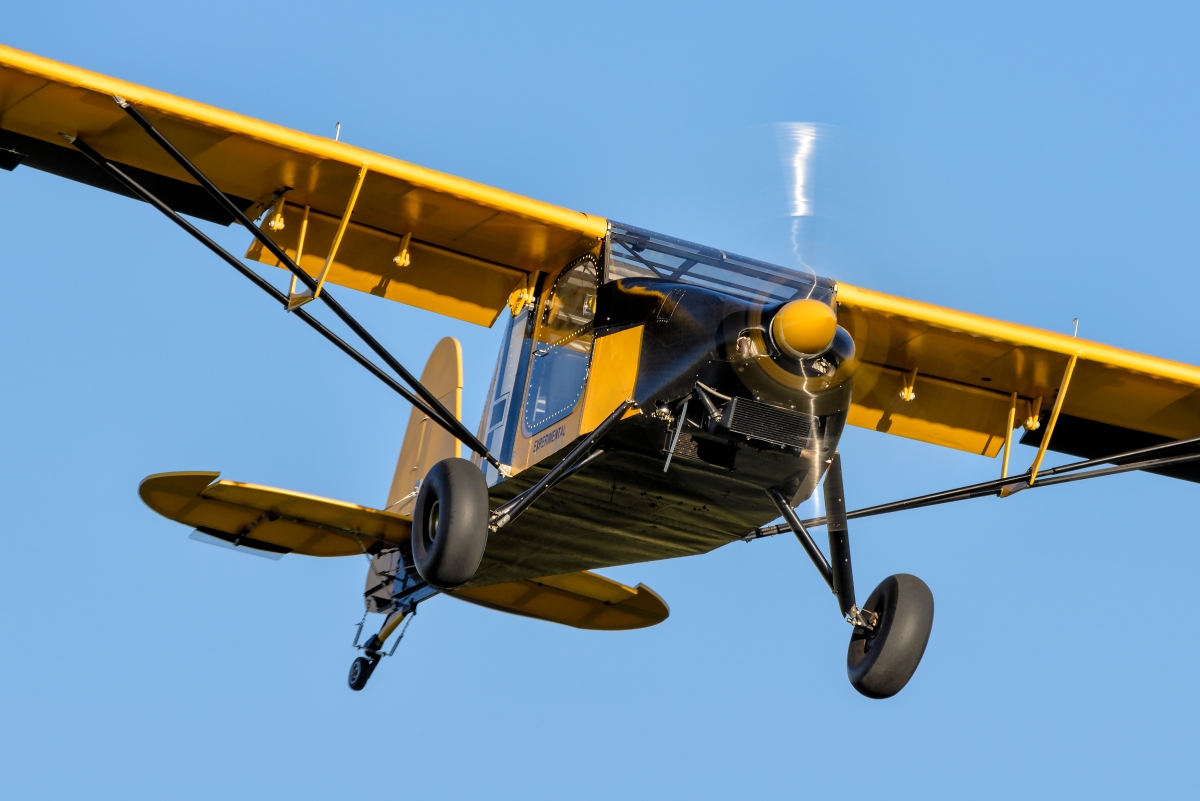
4. Chipper
I think that’s a pretty airplane. It has a strong hint of J3 Cub design evolution, especially in the shape of the rear fuselage, tail feathers and wingtips. It doesn’t have flaperons (they add drag), but it does have awesome flaps and droopable ailerons. I can’t wait to try it with the slats!
The structure of Chipper is built out of mostly aluminum, including some honeycomb aluminum. Honeycomb is amazing stuff, very light, very strong.
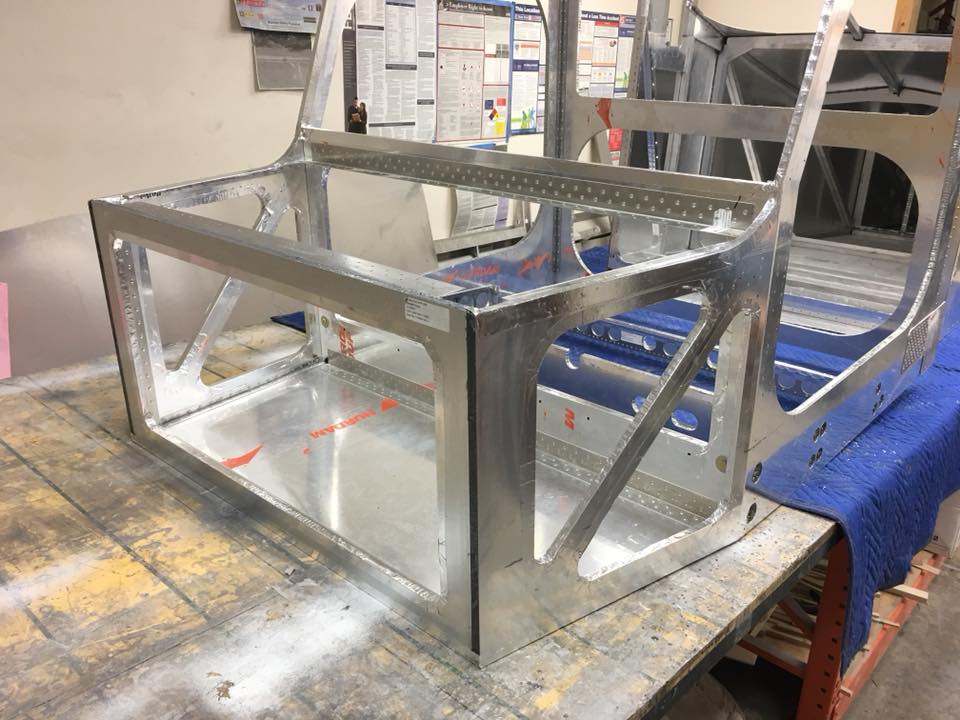
5. Honeycomb aluminum construction
We also use a lot of CNC machined billet parts in Chipper. This gives a more pro feeling to the overall look and construction – better than welding.
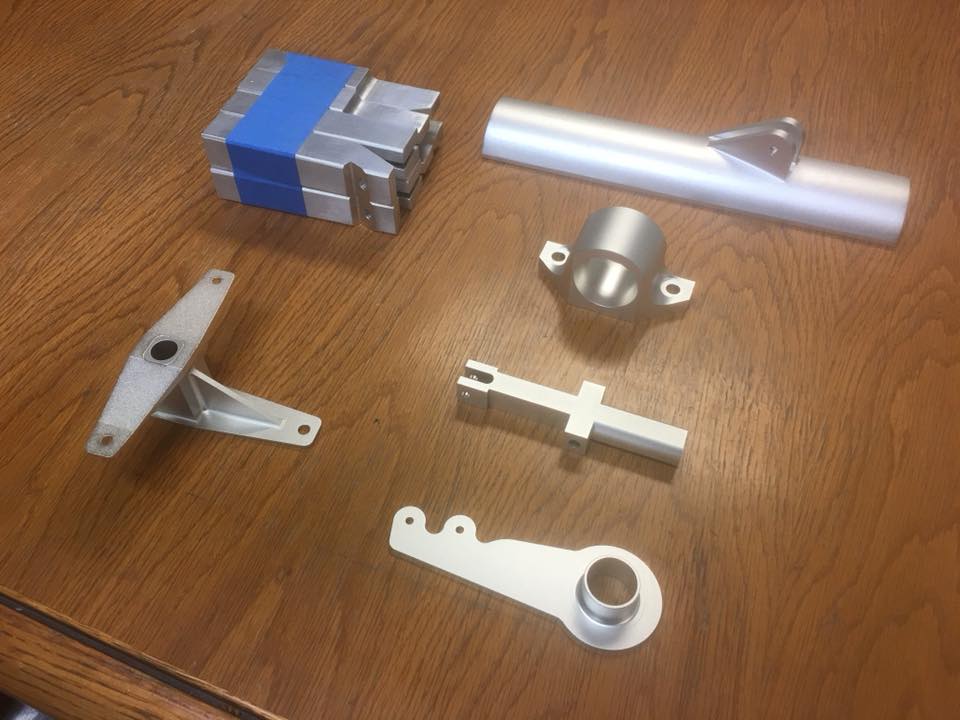
6. CNC parts in Chipper
I could talk a long time about engines. I’ve already experienced 3 different engines in Chipper – HKS, Rotax, and ULPower. Some builders are planning on automotive conversions (Aeroconversions, for example) while another is planning on an O200 Continental engine.
A few notes: Rotax and ULPower are the ‘can’t go wrong’ choices. You’ll get factory support from us; the ULPower guy is a Chipper builder and also helps with Quick Builds and builder support. I have one customer planning on putting on a 140HP Rotax turbo conversion!
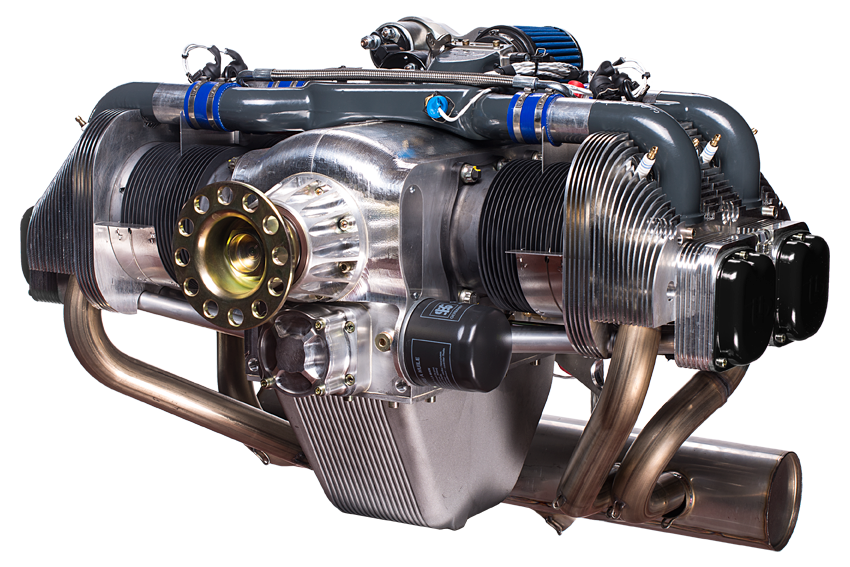
7. ULPower Engine
Used vs new engines are another possibility. There is a never ending supply of used Rotax engines available, some with excellent rebuilder support.
Which to choose? Take your time, and defer your engine selection. Talking about engines takes us too far off point of this discussion.
For propellers, Sensenich is top of the line. DUC Helices (French) is fantastic. Culver props out of Missouri makes a great wooden prop. Warp Drive are also awesome. The selection is based on budget and who’s done what, before. If money is no concern, just pick Sensenich or DUC Helices and be done with props. For budget, go with Culver for wood or Warp Drive.
I recently heard that 1/3 of buying a kit aircraft is the kit, another 1/3 is the engine, and the final third is instruments. That final third statement is baloney! You don’t need to spend more than $2000 on instruments and radio.
Our Radiant series of instruments have great reviews and work well; we include the airspeed / VSI / altimeter in our Chipper value purchase bundles. With the discount, you get them for free, along with a turn coordinator.
What else is needed? Add some fuel measurement (perhaps Bingo-3 probes), along with a compass, and engine instruments to your liking. Then add a nice 2.25” panel radio with antenna and harness. Unless you also want a transponder, you’re done. For navigation, I recommend an iPad App such as foreflight. I use my cellphone with foreflight as backup. (hmmm…. You may need an ELT as well.)
Assuming you already have an iPad, and assuming you don’t want or need a transponder, your Chipper instrument purchases, out of pocket, can be $2K. (hmmm…. You still may need an ELT as well.)
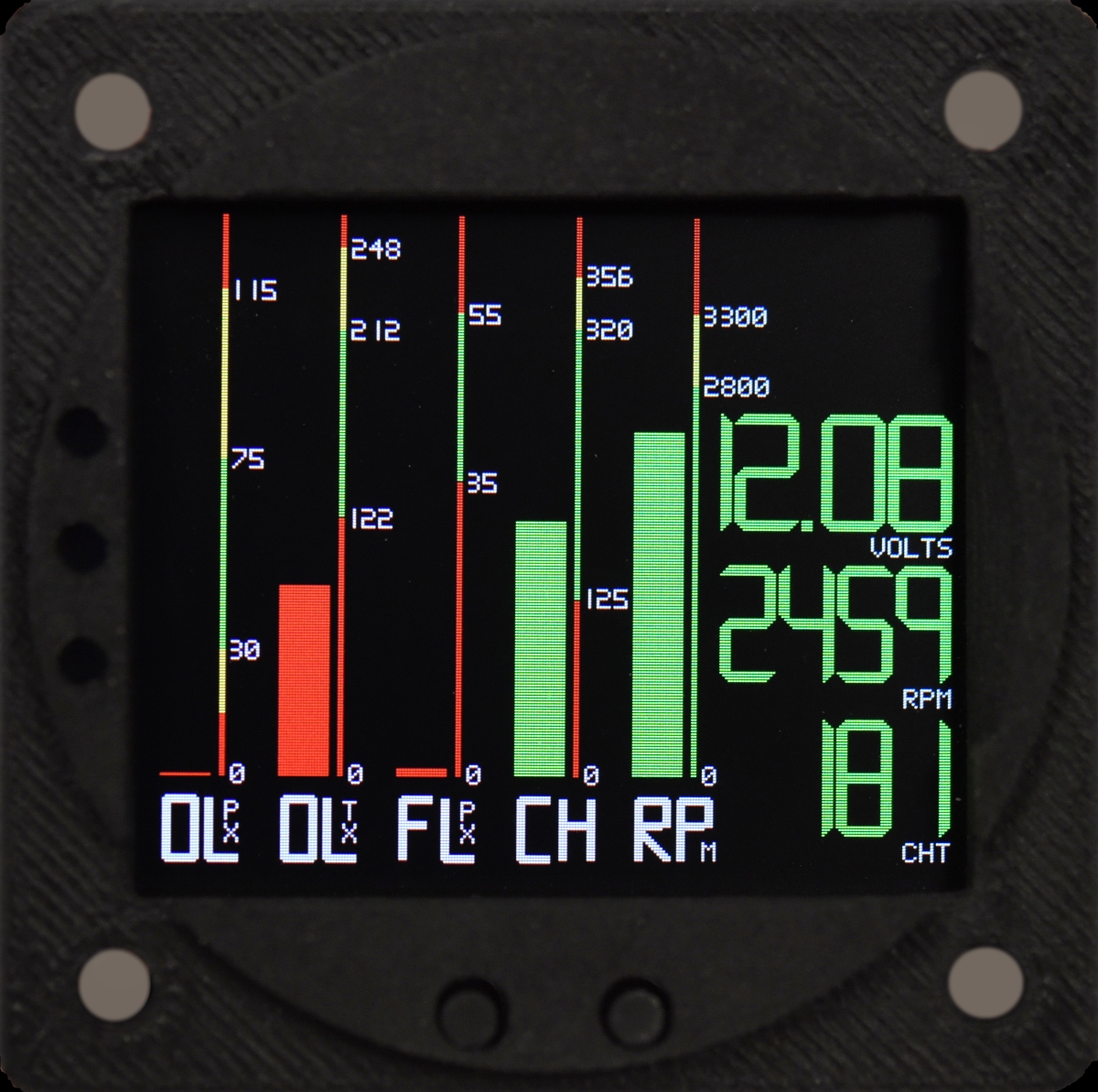
8. Radiant engine instrument
When Chipper airframe kits were first introduced at $8995, we received about 19 orders. Sadly, many of the early customers cancelled their order, usually because they couldn’t swing the rest of the purchase, financially. That was a good thing, because we priced the first ones at a loss, and have steadily raised prices so that we can earn a reasonable return on our investment.
Chipper remains an excellent value for the performance it provides.
Our pricing is currently $12,495 for the airframe kit, and $6,495 for the finishing kit. Our standard airframe kit includes 34 gallons of wet wing fuel tanks. It also includes extruded streamline struts, wheels, brakes, and a ton of CNC machined parts. The only major options left are slats? Fabric vs metal wings? And taildragger vs tricycle gear.
The finishing kit purchase can be deferred until truly needed. The airframe kit can be purchased in major groups.
We recommend you start with the cabin kit – it’s just $2000 + shipping/crating!
For a full featured Chipper, expect to spend $26K before you get to the engine and Firewall Forward. With a used Rotax, you can be flying quite inexpensively. With the 80HP Rotax, you can use any autogas.
There’s a lot of other important stuff to consider: taildragger vs tricycle; floats?; community? Etc. Floats and configuration are buyer preference items; with STOL opportunities highly biased towards taildragger. Community is a big thing too – we’ve got around 30 Chipper kits shipped; a great builder Facebook page (closed group) and our regular FB page as well. It’s all been growing nicely.
Comments on Flying Characteristics
Let’s use our imagination and go around the pattern together.
I’ve already started the engine. Our ULPower 350iS (130HP / 122HP as pitched) is warmed up and idling smoothly. I’ve already done our mag check; I’ve scanned the engine instruments and verified that all temps and conditions are green. I selected a full fuel tank; the pattern is empty; there’s an 8 knot breeze straight in our face, straight down the runway. FWIW, the sky is blue and an awesome day to be up in the air.
Taxiing from the ramp to the numbers is non-eventful; steering is easy with the differential toe brakes. The nose angle is high because of our long gear and 22” tires.
For this flight, we’re near gross weight. That’s OK.
I’ve selected 10 degrees of aileron droop and 30 degrees of Fowler flaps.
Applying power, the tail comes up nearly immediately and I’m using the rudder and toe brakes to keep everything tracking straight down the runway. 150’ from go, I pull back on the stick and we’re airborne, climbing out at a steep angle. I look over at you and I see you grinning.
With the breeze on the nose and the cool temps, we’re about 500’ off the ground as we approach the end of the runway. Another 10 seconds of climb, I reduce power and turn crosswind. The plane insists on more climbing, so I reduce power again. As the nose angle lessens, the speed starts to go up. We’d seen about 50mph in the climb. Since we’re going around the pattern, I leave all of the flaps and ailerons hanging, managing altitude by power and ensuring that I don’t overspeed this slick plane.
That’s how we go on downwind – keeping the plane down and managing our power to keep the speed from going up. Abeam the numbers, I bring the prop RPM back to no more than 1900. A moment later, I’m turning base leg. I glance over at you – your still smiling.
Our engine is fuel injected, so there’s no carb heat to mess with, but I do check the mags out of habit and also glance at the fuel gauge, confirming that I’m still on a full tank. Somewhere, my complex training kicks in and GUMP moves through my head, unnecessarily (Gasoline, Undercarriage, Mixture, Propeller). I’ve got gas, my undercarriage is ‘down and welded’, I don’t have mixture, and I don’t have a propeller control.
Turning base, I reduce power to 1400 RPM, and Chipper starts to descend. I’m managing speed to about 55mph. I might have to pull back power just a smidge to keep the descent on the pronto, while keeping an eye on speed.
I like the flaps and the aileron droop settings, I’ve got to keep the nose up a bit so that Chipper doesn’t start going too fast.
Turning final, I’m nearly at idle power, and I’m content with the descent rate. I’ve heard that some STOL aircraft ‘descend like a brick’ in the absence of power, but Chipper isn’t one of them. It floats down. I really have to work hard (mentally) to convince myself to keep dialing in up elevator, and the nose up angle feels a little high – but that’s just a feeling. It is, in fact, correct, and the nose is high, and it should be. I am thankful for elevator trim.
Over the numbers, my speed is indicating around 45mph. With the wind on the nose, our groundspeed is already in the mid-30’s, and I’m looking at you again (just for a long glance). I can tell that you’ve never felt a landing speed this slow, or if you did, the engine still had a lot of power dialed in. This is, different.
Entering ground effect, I continue to pull back on the stick for a perfect 3 pointer. I push on the toe brakes just hard enough to stop us quickly, and we’re done moving in around 250 feet. With a little practice, I could do better; hopefully a lot better. I still have some learning to do.
We taxi back to the ramp and shut the engine down. You and I spend the next two hours talking about flying. I tell you about flying to Idaho, and also to Alaska. You tell me how you’ve always wanted to do things like that. I talk about pacing, education, instruction. We talk about engines for a long time. You talk about your concerns in the building process. I talk about my years of fun working with ultralight aircraft. I invite you to come to a builder seminar. I also invite you to watch this video: (click on it)
Epilogue
When you build an airplane, you need it to satisfy your needs, and your needs may be very complex. The process of due diligence helps you figure it out. Ask questions, haunt forums, go to Airventure; Sun N Fun; and other regional shows. Watch. Get a ride, if you can. Read reviews.
I’d be delusional if I thought Chipper was the airplane and building experience for everyone; it simply isn’t. Once in a while, I think about how nice it would be to get to Denver in less than 2 hours, so I can visit my daughters, which I can’t do in Chipper. I need a 200 knot airplane to do that.
Then I think about going fishing at Gaston’s, in northern Arkansas. It has a grass strip, and the trout fishing can be fantastic. Airnav.com says it is 237 nautical miles from my home field; I’m likely to catch a tailwind on the way down. I flight plan for 2:20 takeoff to landing in Chipper, and I’ll burn about 12 gallons of gasoline. The equivalent car drive would take 6 hours; not including stops. Gastons becomes a very reasonable weekend (or overnight) destination in Chipper, and is way faster than driving. I don’t need to refuel when I’m ready to start home, as I started with 34 gallons of gas. I make it home with reserve to spare.
